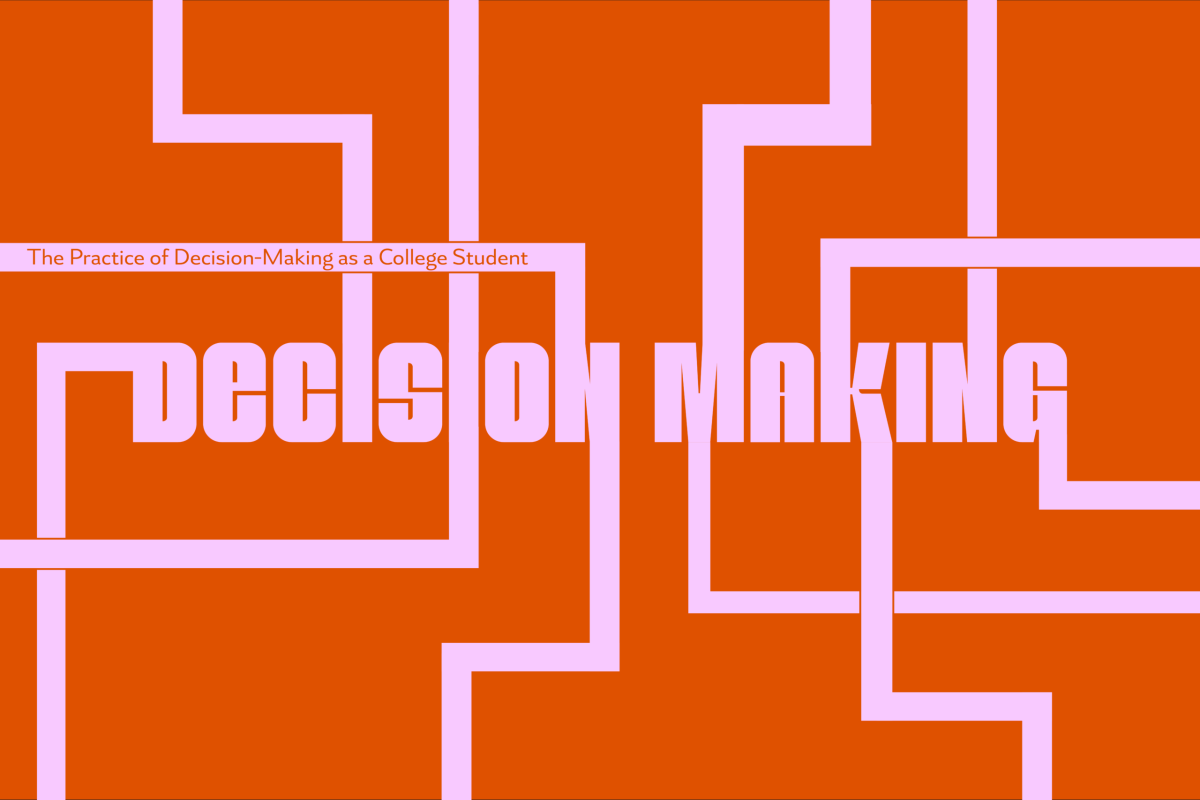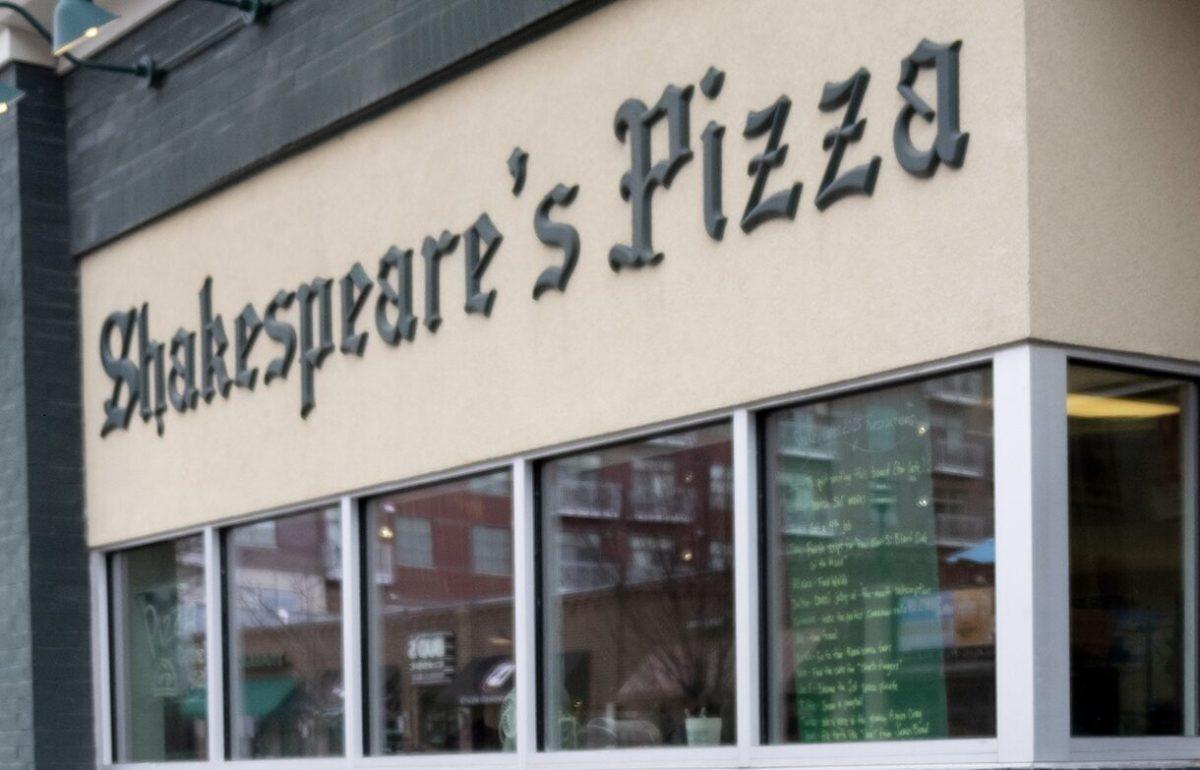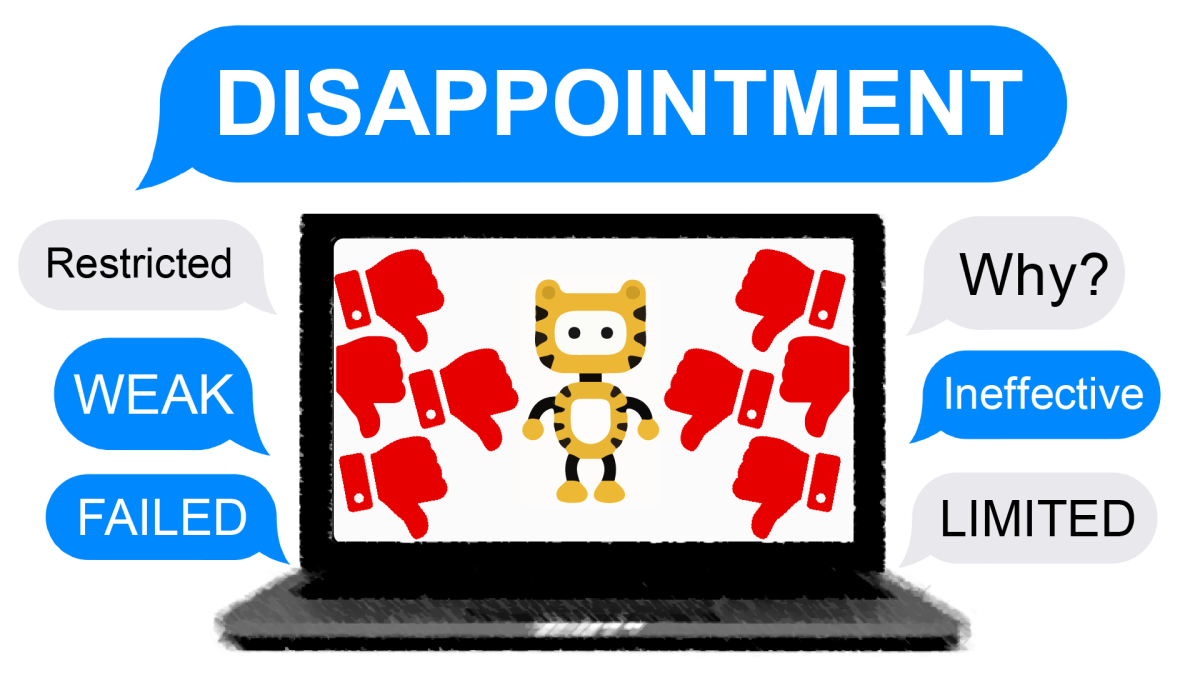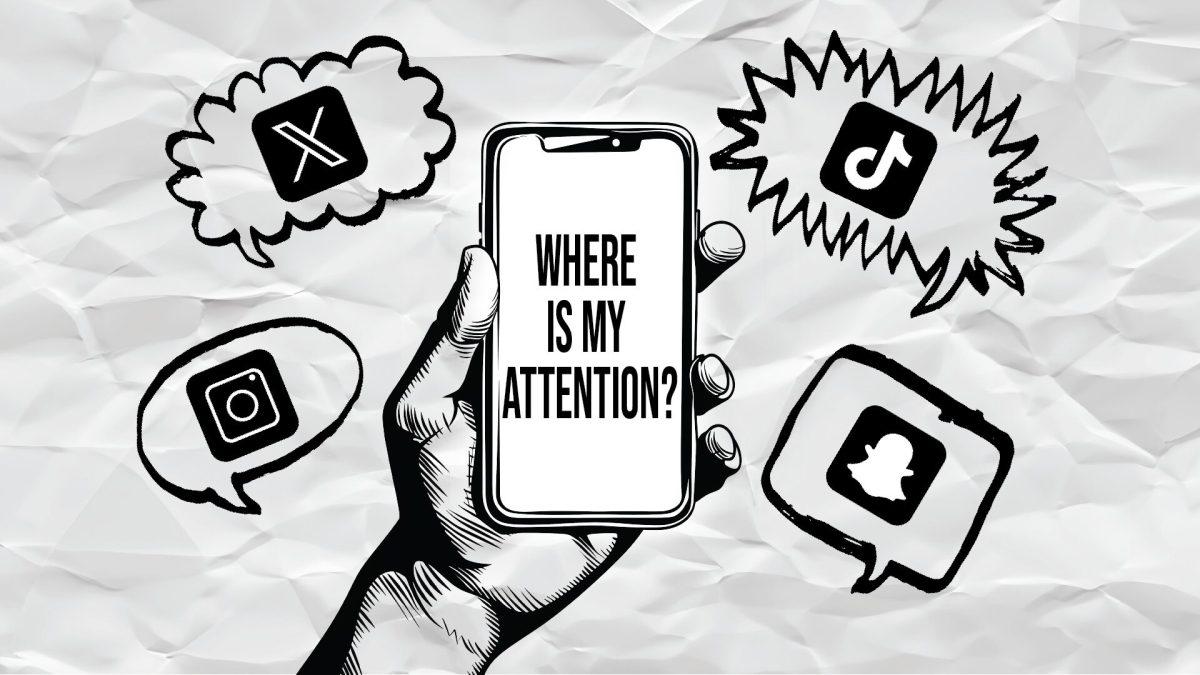Gay couples. Gay marriage. Gay rights. These descriptions are all over the news, discussed among families and used worldwide. In the past few years, these terms have become even more widely recognized and accepted in some parts of the world.
But for a large part of the LGBT community, the use of the adjective ‘gay’ has come as a disturbance. There are many issues that surround this word that many people are unaware of. By eliminating this incorrect terminology, we can hopefully work toward a more equal movement.
For some people, using ‘gay’ means they’re discussing the whole LGBT community. This is not an accurate use of the word. If someone is going to use ‘gay,’ they need to be discussing solely homosexual issues. However, this is often not the case.
This explains why many of the other identities in the LGBT community are not widely known. People keep misusing this description to describe a whole subset of people that are not necessarily gay.
A same-sex couple is not synonymous with a gay couple. A same-sex couple could be bisexual and asexual (not sexually attracted to anyone) or pansexual (sexually attracted to all genders) and polysexual (sexually attracted to many genders, but not all).
Labeling a same-sex couple as gay is not only wrong, it diminishes the importance of multiple identities. By using gay as the go-to adjective for same-sex couples, people are delaying the process, even if they were not meaning to. The LGBT community is hoping for equality regarding the whole acronym, not just the first two letters.
Furthermore, by using gay as an adjective to describe common everyday occurrences, people make the clear distinction between homosexual and heterosexual people. It makes it seem as though being gay is ‘outside of the norm’ because it requires its own adjective for the same act. It is impossible to gain full acceptance for a community without destroying unnecessary labels. This is the main hindrance in the fight for equality. People still feel the need to separate themselves based on sexual orientation and ostracize anyone who is not in the majority.
Take, for example, the segregation movement in the 1960’s. Further assimilation was achieved by ridding the US of the distinctions between colored and white bathrooms, restaurants, buses, etc. People came to eventually realize that we are all human, and these excessive labels describing the same action performed by different types of people was not needed. It was much simpler to accept people for who they were and not for their skin color. So we got rid of the separations, and we worked, and are still working, toward looking at humans based on their character instead of their outside appearances.
This is the next step in the LGBT equality movement. We need to destroy the notion of this constant distinction between heterosexual and other identities.
I understand the need for labels. It helps people identify with like-minded individuals in a seemingly overwhelming world of identities. However, if we are to use labels, we need to use the correct ones for the appropriate sets of people. I hope that one day instead of having gay couples, gay marriage, and gay rights, we can just have couples, marriage, and rights.












